Mexico’s Murderous Super-Cartel CJNG Is Winning the ‘Narco Game of Thrones’
VALLECITOS DE ZARAGOZA, Mexico—There is only one hotel still open in this cartel-besieged town, and I am the only guest in it.
The former owner of the Sierra Inn here in western Mexico’s Guerrero state is a local businessman and political candidate who was run off the road and shot to death by sicarios [hitmen] two years back. He’d envisioned turning Vallecitos into a hot-spot for eco-tourism—the town is nestled in an idyllic, wooded valley in the Sierra Madre del Sur—and at the time he was killed he had several other development projects in the works. Now only this lonely hotel remains.
Eight Dead, Prisoners Escape in Botched Attempt to Arrest El Chapo’s Son
It’s early fall and the rainy season is underway in these mountains. When the storms are too bad to go out, I wander the deserted halls, the silent dining room. I look at the empty pool, study paintings of the slain owner’s horses on the walls. All kept immaculate by the gerente, the caretaker, and his wife. The gerente went to school with the murdered owner and weeps to talk of him. The wife will not speak to me at all.
“We keep hoping some day things will get better here,” says caretaker José Ramos, 46, while inspecting bullet holes in the hotel facade caused by a recent gun battle outside. “If the fighting ever stops, and the people come back, we want to be ready for them,” Ramos tells me. “That’s our dream.”
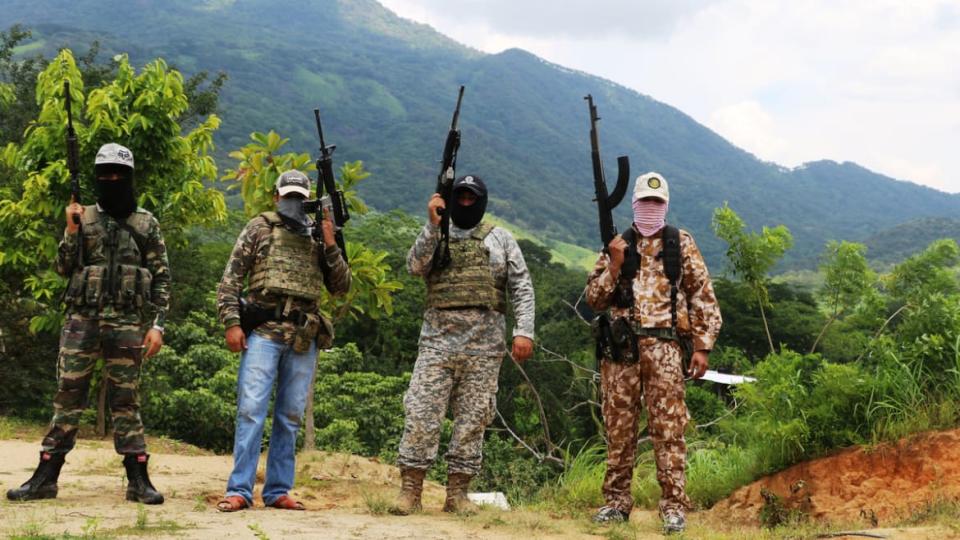
The surrounding streets are almost as deserted as the hotel itself. Like many rural hamlets across Mexico, Vallecitos has become what’s known as a pueblo fantasma. A ghost town. Shuttered shops. Bullet-riddled schools. Unstaffed clinics. The town’s population has dwindled from a high of about 6,000 people a few years ago to around 700 today. And locals say those numbers are still falling, as residents flee cartel assaults and growing poverty.
A study this year determined that Mexico was home to 1.13 million people displaced by violence. Guerrero, long among Mexico’s most dangerous states and the nation’s top heroin producer, is also a leader when it comes to internal refugees, many of whom flee north to seek asylum. The U.S. border patrol deports more residents from Guerrero than from anywhere else in Mexico.
There are two main factors driving the flow of refugees from small towns and villages like Vallecitos, and they are both tied to seismic changes in the cartel universe. The first has to do with an ongoing power struggle in the wake of Joaquín “El Chapo” Guzmán’s capture and extradition to the U.S. The second is related to a profound shift in the habits of the cartels’ best customers: American drug users.
These two key issues combined to push Mexico's homicide rate to historic levels this year. October has been marked by several major clashes, including one involving El Chapo’s son and another last week here in Guerrero that cost 15 lives. In all, some 17,000 people were killed in the first half of 2019, making this year the bloodiest in the 12-year history of the drug war.
To better understand these changes, and how they impact communities, I’ve sought out a mysterious man named José Ángel Contreras, leader of the powerful Contreras clan, and the de facto authority in this lawless stretch of the sierra.
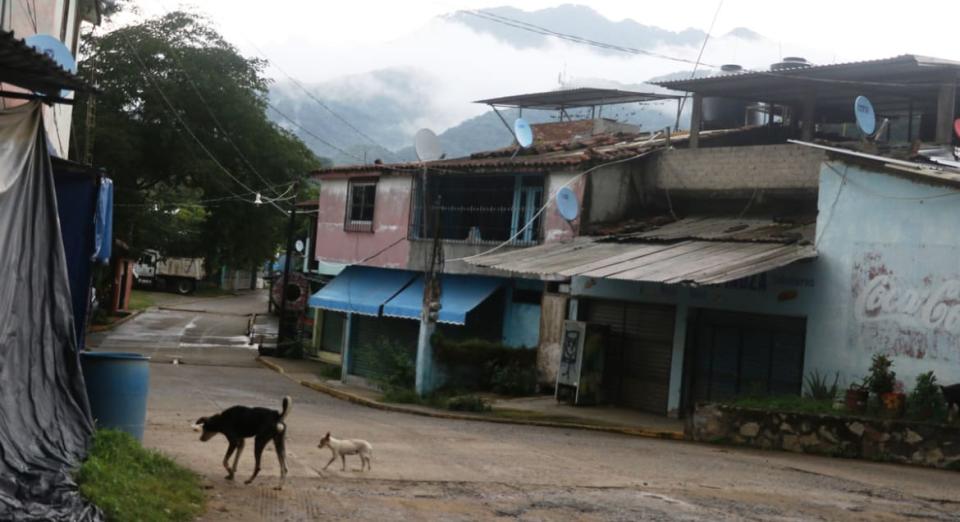
Some townsfolk I’ve spoken to claim Contreras is a freedom fighter, bravely resisting cartel incursions in order to protect his home. Other sources indicate he’s the leader of a crime family that until recently enjoyed a near-monopoly on heroin production in these parts, enabled by the tacit support of local authorities. In fact, both versions of the story could be true, as Mexico’s changing underworld landscape pits the old guard of quasi-paternal godfathers against the bloodthirsty new breed of narcos.
Contreras, 66, sits on the porch of his house at the center of town, not far from the Sierra Inn. He’s soft-spoken and thoughtful. Almost dotingly polite. Dressed in a white cattleman’s hat and a button-down shirt. He is not armed, but his brothers and sons and nephews drift in and out of the house toting G3s and AR15 assault rifles. One of the men wears a Kevlar vest that bears the insignia of the Mexican marines.
As soon as we sit down, it begins to rain again. The sound of the downpour hitting the porch roof is so loud it’s impossible to converse. When the storm finally slacks off, Contreras leans in to speak:
“We first began to hear of them in 2015,” he says. “At that time we thought they were nothing. An upstart band of thieves. Stealing our cattle. Robbing our people. But when they killed my brother Gerónimo [in 2017], we knew they were a real threat. That is when we began to confront them.”
The “them” he’s referring is a well-connected gang of drug traffickers called the Cuernudos, so named for their members’ affinity for the cuerno del chivo [horn of the goat] which is what the AK47 rifle is called in these parts because of its curved clip.
The Cuernudos, Contreras tells me, are a local cell of the larger Jalisco New Generation Cartel (CJNG), which has risen to prominence over the last few years, and is now the most powerful criminal organization in the country, with a confirmed presence in 22 Mexican states. The CJNG is also active in the U.S., Central America, and South America.
Before his downfall, Chapo Guzmán’s Sinaloa Cartel was so dominant it was able to maintain a so-called “Pax Mafioso” in which other, smaller cartels were kept in line. After Chapo’s arrest, the Sinaloa syndicate splintered, touching off a couple of years of brutal infighting to see who would emerge as the new top dog.
Now the dust seems to be settling. Chapo’s old outfit has weakened considerably—as evidenced by his son being easily found and temporarily detained a few days ago—and it appears the CJNG behemoth has emerged victorious. Under brutal leader Nemesio Oseguera Cervantes, aka “El Mencho,” the CJNG has surpassed the Sinaloa Cartel and appears to be hell bent on taking over the rest of the country as well.
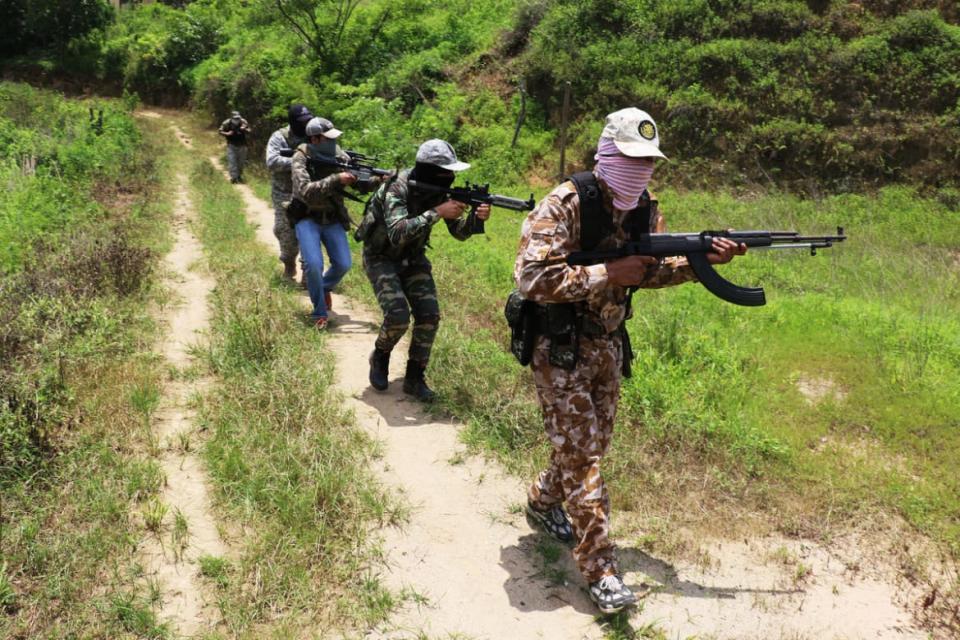
“Mencho’s current positioning at the top in the ongoing ‘Narco Game of Thrones’ in Mexico is due to a combination of luck, ruthlessness, timing, and organizational skills, as well as well-placed bribes to federal officials,” says Robert Bunker, a professor at the Strategic Studies Institute of the U.S. Army War College, in an email to The Daily Beast.
Just last week, in the neighboring state of Michoacán, Mencho’s bunch showed just how ruthless and organized they can be by ambushing and killing 14 police officers, apparently because the cops had refused to take orders from the cartel.
Bunker describes the CJNG as having “achieved dominance by being edgy, dangerous, and highly profitable” and of “building out its presence through acquisitions of local criminal and drug gang cells as it franchises its operations throughout Mexico.”
Provincial factions like the Contreras family are forced to compete with the CJNG’s sprawling, franchise approach, which includes providing gangs like the Cuernudos with funding and weapons in return for allegiance. It’s not unlike corporate superstores overwhelming mom-and-pop shops in the States.
Contreras describes himself as the leader of an autodefensa (self-defense) militia, as opposed to a drug trafficker. Many of the locals I’ve met also see him as a sort of Robin Hood-like figure who aids the poor and staunchly suppresses crime in the region. But his sect has been unable to prevent the Cuernudos from killing and otherwise harassing citizens in and around Vallecitos. And that deadly violence is a major reason why so many residents have fled.

“They are too powerful now,” Contreras says of the Cuernudos. “We still hold the center of town but they control all the land outside. They own the roads. So we can’t leave Vallecitos. We can’t sell our products. It is like they’re strangling us,” he says. Even with his large extended family enlisted in the struggle, their fighting force is no match for the scores of sicarios the Cuernudos can deploy against them.
“I never thought my children would grow up to become prisoners in their own town,” Contreras says.
In addition to the charter-cell strategy, another factor that has allowed the CJNG to thrive and dominate has been its ability to take advantage of a rather sudden shift in Mexico’s narco-economy.
The power of the old-school dons dates back to the colonial era when their families came to power as landed elites in Guerrero, raising, and sometimes rustling, cattle and horses. Then came the heroin boom of the 1970s, which “empowered local strongmen,” according to Chris Kyle, an anthropologist at the University of Alabama at Birmingham. Kyle describes the sierra around Vallecitos as Mexico’s “Wild West.”
“It’s almost feudal up there,” Kyle says in a phone interview. “And so it was ready-made for opium production. Local criminals have always been present, but centralization [of the drug trade] was very rare.”
That free-wheeling approach wasn’t an issue while heroin prices were high, as groups like Sinaloa or the Beltran-Leyva Cartel paid as much as 20,000 pesos [$1,040 USD] per kilo of opium gum—the main ingredient in heroin—to local suppliers.
However, heroin use in the U.S. has fallen sharply of late, as addicts increasingly turn to synthetic opioids like fentanyl. The lack of demand is causing opium prices to plummet in Guerrero and the rest of Mexico, sometimes by as much as 90 percent. The sudden drop has undermined the revenue streams of smaller traffickers, while also destroying the livelihood of thousands of farmers who once eked out a living growing opium poppies.
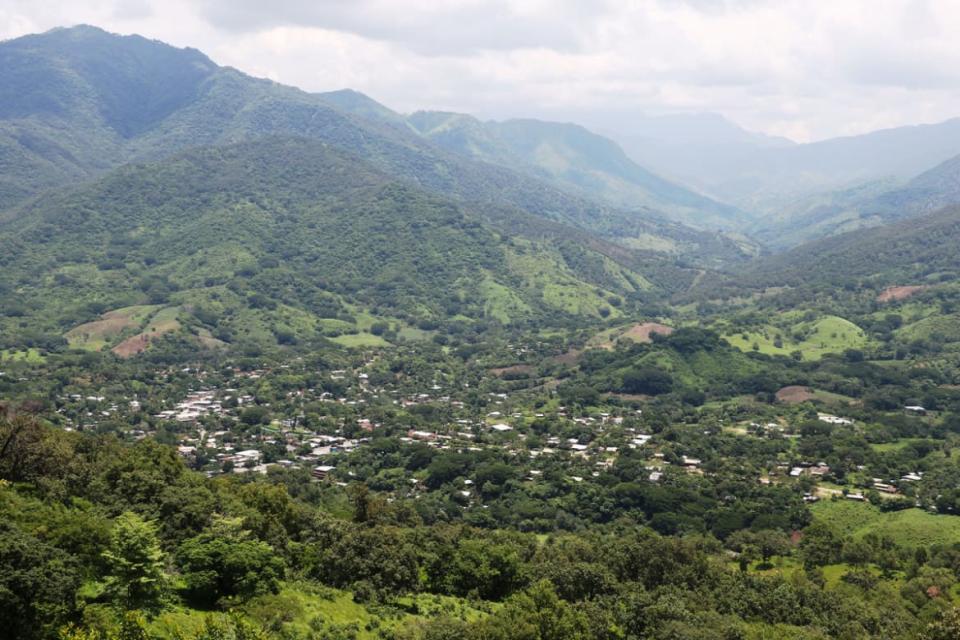
Bunker calls the shift from naturally produced drugs to synthetics “highly disruptive” for rural communities, as many families once reliant on growing poppies have been “forced to migrate to where they can find work.”
The CJNG and its affiliates, on the other hand, have been able to take advantage of these changes to the black market. Due to its “economies of scale and extensive networks” Mexico’s new super-cartel has “a better chance to exploit the fentanyl market than smaller criminal players,” Bunker says.
The CJNG now controls several of the key Pacific ports where fentanyl and the precursor ingredients used to make it arrive from Asia. The next-gen narcos then funnel the chemicals up to their labs in the mountains of Michoacán and Guerrero where they can be processed or blended with cheaply bought heroin.
In Mexico’s Cartel Country, a Murderer Who Kills Murderers Tells His Story
This allows CJNG to make a profit while its competitors are being starved out. Fentanyl is faster to produce and far more potent—and deadly—than heroin. It’s also easier to ship and smuggle across the U.S. border, and cartels can charge more for it, or even disguise it as legal opioids like Oxycontin.
These emerging trends “may well force the smaller players into other illicit activities such as extortion, kidnapping, gambling and prostitution, or even the body-parts trade,” Bunker says. The also drive the forced displacement that is crippling rural communities like Vallecitos.
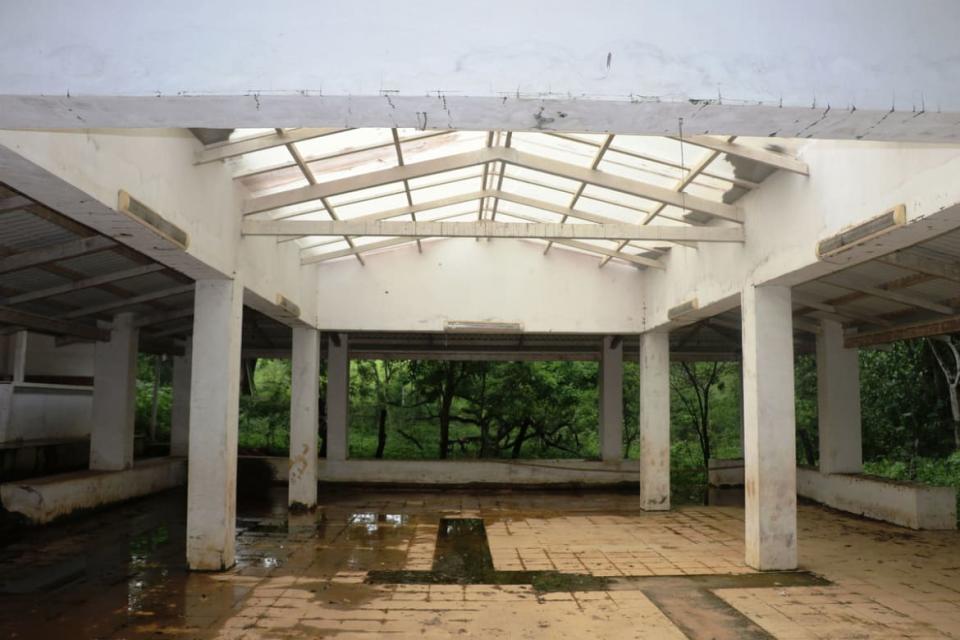
Bunker goes on to call the growing problem of internal refugees and ghost towns evidence of “localized state failure” on the part of Mexican authorities in the face of a “criminal insurgency” by the CJNG.
Mencho’s insurgent network remains an existential threat to José Ángel Contreras, be he a vigilante patriarch or a mafia capo. The last time I see him he’s with some of his men on a hill overlooking the main road through town, taking advantage of a break in the rain to set up defensive breastworks against the next attack by the CJNG-allied Cuernudos.
“We’re not going to give up our homes; we’ve shed too much blood to protect this land,” Contreras says, but his voice is weary and he sounds every one of his 66 years. In addition to his brother, at least eight other family members have died in the ongoing turf war, including two more this month. He also knew the owner of the hotel where I’ve been staying as the town’s lone guest, and had backed his candidacy for mayor before he was murdered.
“We’re totally isolated now. We can’t surrender, because they’ll kill us,” Contreras says. “But we’ll fight until the end.”
Get our top stories in your inbox every day. Sign up now!
Daily Beast Membership: Beast Inside goes deeper on the stories that matter to you. Learn more.

